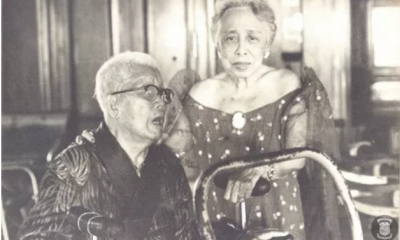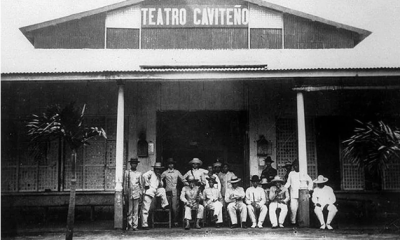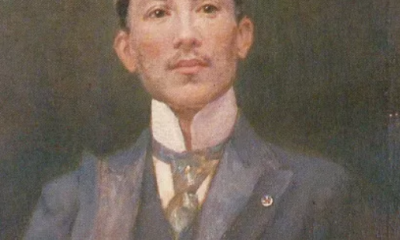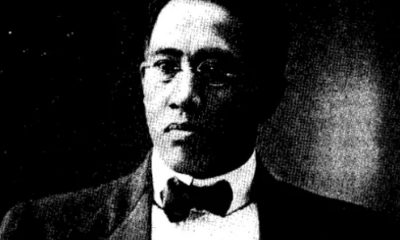History
Today in PH History
On August 30, 1896, prompted by the spread of rebellion led by Andres Bonifacio, Spanish Governor-General Ramon Blanco declared a “state of war” in the provinces of Manila, Bulacan, Cavite, Pampanga, Tarlac, Laguna, Batangas, and Nueva Ecija and place them under martial law. The declaration also provided a 48-hour amnesty to rebels except for their leaders.
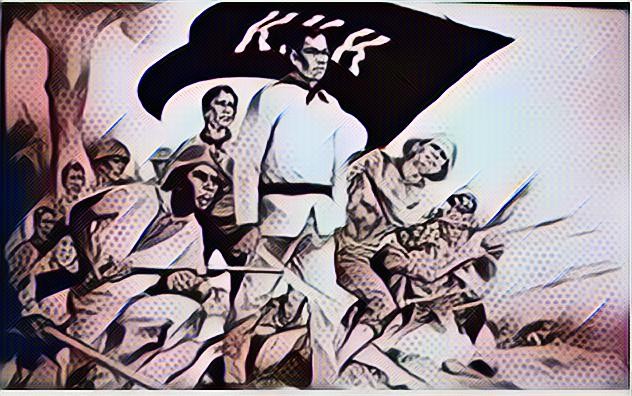

The hostilities that started the Philippine Revolution of 1896 begun on August 29, 1896, when hundreds of rebels attacked the Civil Guard garrison in Pasig, just as hundreds of others, personally led Bonifacio, were massing in San Juan del Monte, which they attacked hours later on the next day.
Bonifacio planned to capture the San Juan del Monte powder magazine along with a water station supplying Manila. The defending Spaniards were outnumbered, and fought off rebels until reinforcements arrived. Once reinforced, the Spaniards drove Bonifacio’s forces back with heavy casualties.
Elsewhere rebels attacked Mandaluyong, Sampaloc, Santa Ana, Pandacan, Pateros, Marikina, and Caloocan, as well as Makati and Taguig. Balintawak in Caloocan saw intense fighting. Rebel troops tended to gravitate towards fighting in San Juan del Monte and Sampaloc. South of Manila, a thousand-strong rebel force attacked a small force of civil guards. In Pandacan Katipuneros attacked the parish church, making the parish priest run for his life.
After their defeat in San Juan del Monte, Bonifacio’s troops regrouped near Marikina, San Mateo and Montalban, where they proceeded to attack these areas. They captured these areas but were driven back by Spanish counterattacks, and Bonifacio eventually ordered a retreat to Balara.
On the way to Balara, Bonifacio was nearly killed shielding Emilio Jacinto from a Spanish bullet that grazed his collar.
North of Manila, the towns of San Francisco de Malabon, Noveleta and Kawit in Cavite rose in rebellion.
In Nueva Ecija rebels in San Isidro led by Mariano Llanera attacked the Spanish garrison.
Despite his reverses, Bonifacio remained a threat to the Spaniards.
The 8 provinces would later be represented in the eight rays of the Sun in the Philippine flag.
Article: Kahimyang Project
Sources:
- Martial Law in the Philippines, Project Gutenberg Self Publishing Press by World Heritage Encyclopedia







